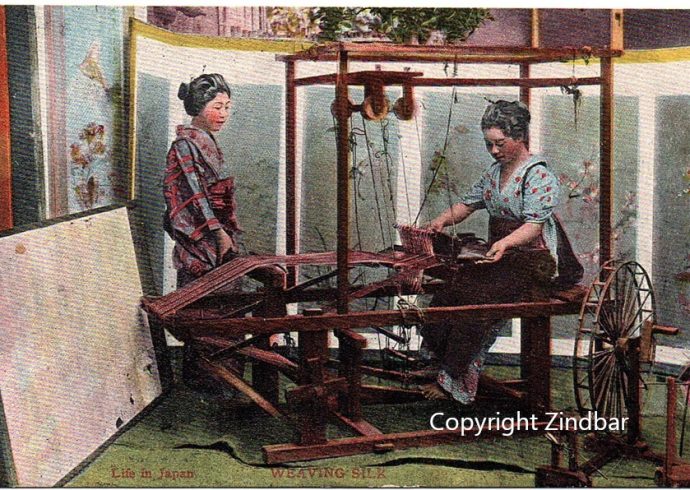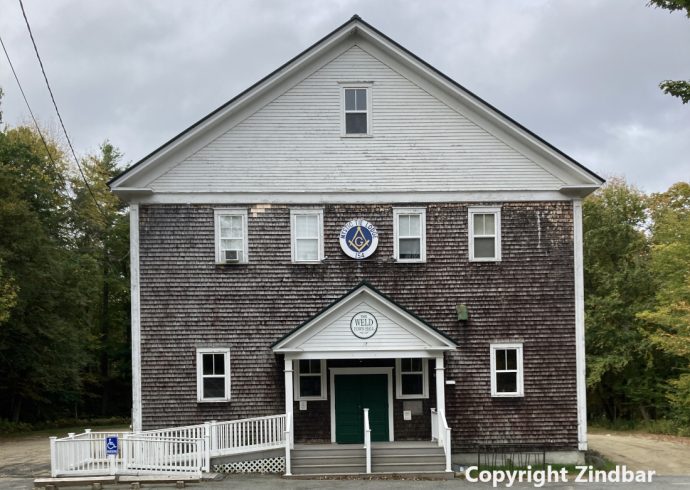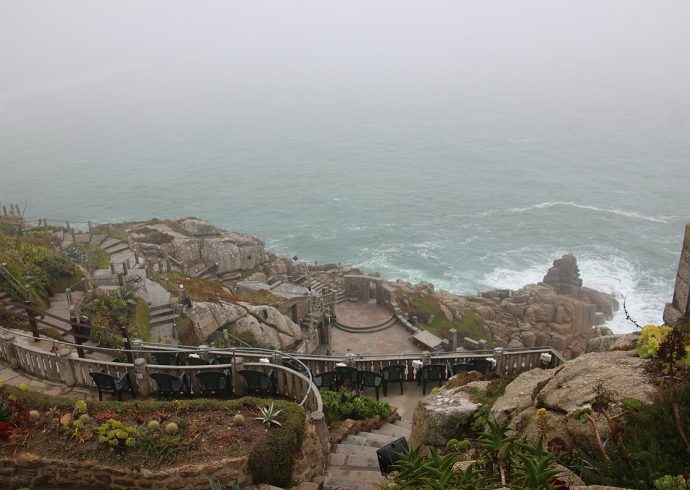
Nestled among a group of trees just on the south side of the winding driveway through Cedar Point Environmental Park in Englewood, Florida is a small cabin that looks like it was out of pine log slices artfully arranged in cement. Known historically as The Cookie House, it was built in 1931 by John Foster Bass Jr. The Cookie House was originally used by John as an office and laboratory. As founder of the Bass Biological Laboratory and Zoological Research Supply Company, John selected the location of his office near his house on New Point Comfort Road near Godfrey Creek in Englewood, Florida. The laboratory was considered a pioneer in the field of marine biology and research.
Being from Chicago, Illinois, Bass learned that southwest Florida had a strong fishing industry, and that the abundance of different fish, along with the appealing tropical climate, inspired him to move to the state to establish his laboratory. As an heir to a substantial amount of money, one stipulation to his inheritance was that he use a portion of it for scientific purposes. Selecting Englewood as the ideal location for the laboratory, Bass built the first laboratory building and wanted it to appear unique.
Following the style of a cabin and measuring 12 feet by 20 feet in size with a sloped roof, the walls are made up of 6” sliced pine logs, set in cement that holds all of the slices together. Regular cement combined with sand obtained from the local beach gave it a unique white color, and as a result, the logs resemble a pile of cookies against a white platter. This style of cabin was popular among immigrants living in Wisconsin at one time.
Inside the Cookie House, wooden shelves line the walls, attached to an upper beam. Typical marine laboratory accoutrements remain inside the cabin: glass bottles and jars, neatly lined up these shelves. Remnants of a paper towel holder are on one wall by a set of shelves. A storyboard about The Cookie House is positioned upon a counter in one corner by the doorway. During its heyday, the laboratory was also home to marine life from fish to ducklings for research observation. Soon two more buildings built in the style of the cookie house but slightly different in size became part of the laboratory. Ultimately, a dozen log houses comprised the laboratory, all situated on the same property.
Thanks to the hard work of scientific researchers, which include naturalists and marine biologists, 470 forms of marine life and land animals such as birds which live near water were identified. Even though John Foster Bass Jr. died in 1939, the laboratory remained in operation until 1944. By then, over one hundred scientists conducted research at this laboratory. The scientific work originally conducted at Bass Biological Laboratory eventually evolved into Mote Marine Laboratory, located in Sarasota, Florida.
As recently as 2003, the original laboratory buildings still stood on the original property on New Point Comfort Road. By 2006, a new townhouse development was planned on the six and one-half acre property, sold by Bass Jr.’s descendants. All of the log cabins were taken down except the original Cookie House. It could that the historical charm of the small cookie house inspired the local citizens of Englewood to preserve it, even as changes in land development took place.
It was finally decided that The Cookie House would be moved to its present location in Cedar Point Environmental Park in 2006. Lovingly restored, The Cookie House remains a unique landmark in the Florida, the only cabin of its type in the state. Today, tours of The Cookie House are provided by the Cedar Point Environmental Park.
Image Credit: Zindbar, Copyright 2022.


